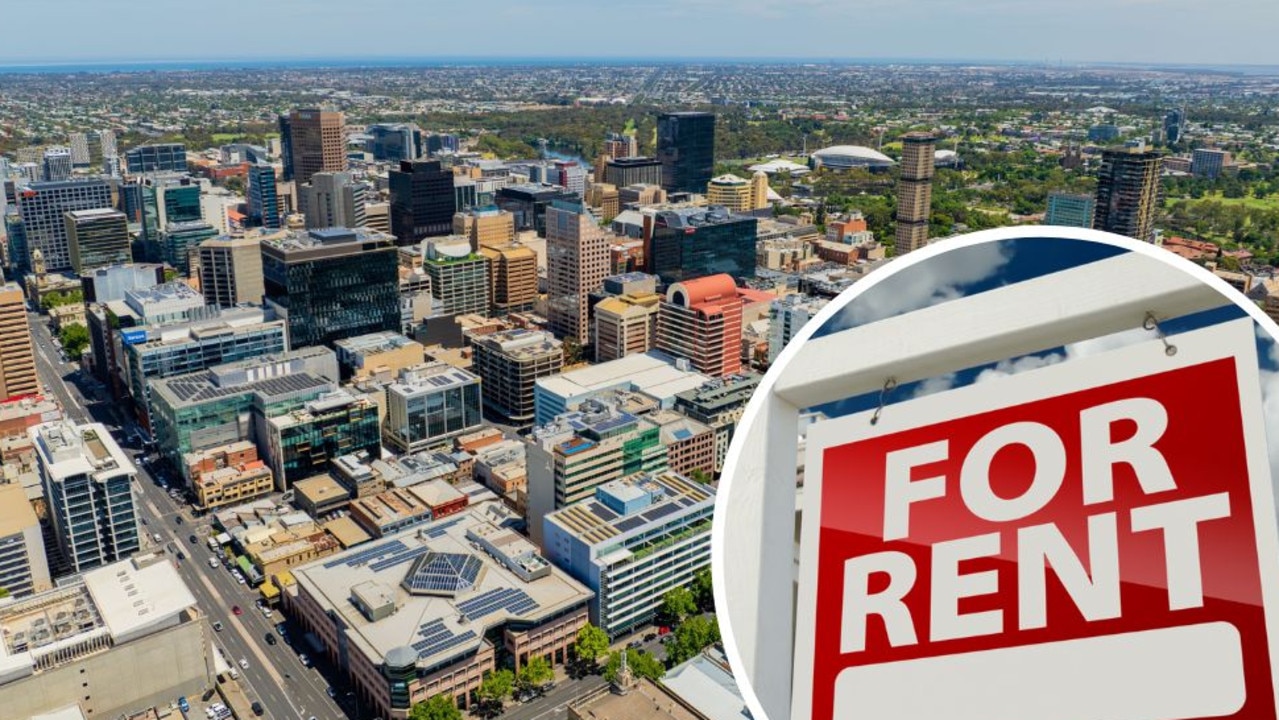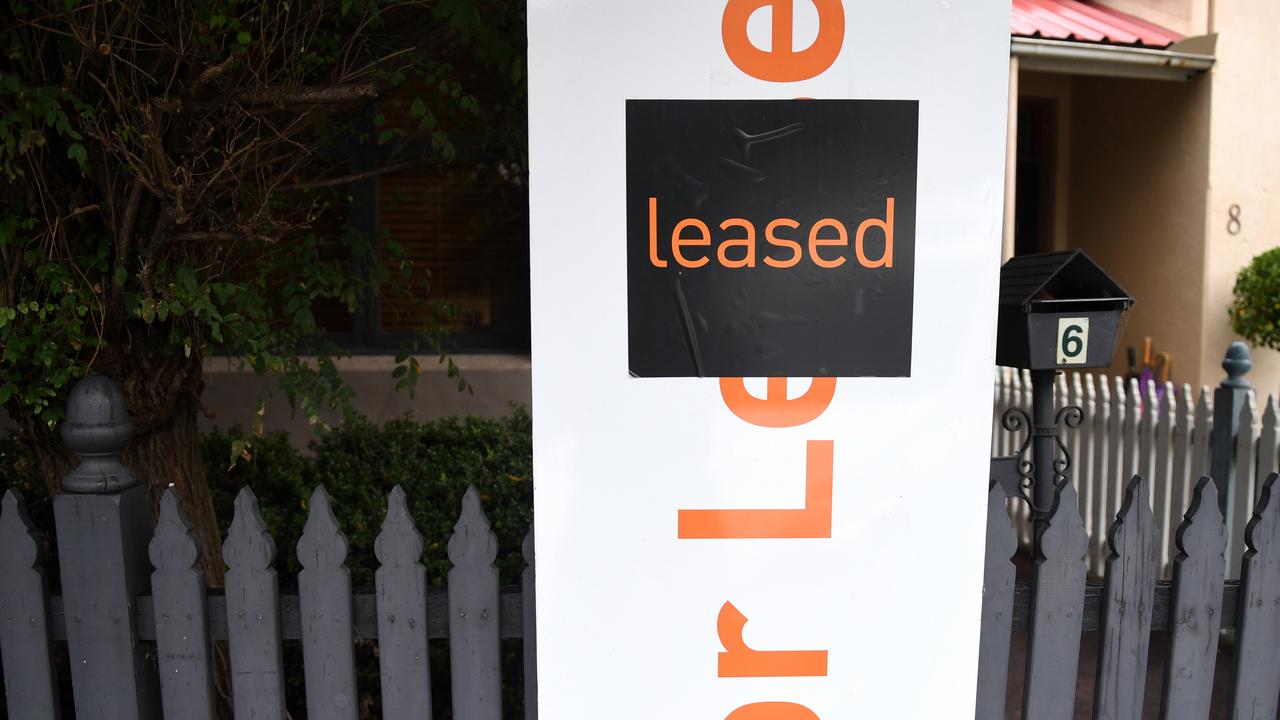Is the Great Australian Dream of home ownership dying?
Housing affordability in SA has never been worse, a new report has declared, taking six years to save for a deposit and most houses out of reach. Read the full index findings here.
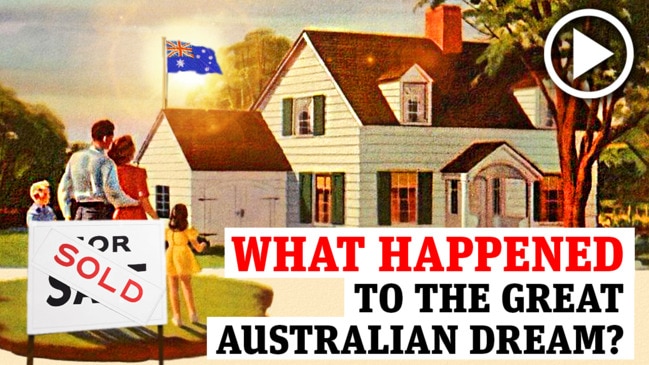
Property
Don't miss out on the headlines from Property. Followed categories will be added to My News.
On any metric, housing affordability in South Australia has never been worse.
That is the damning summary of – and a direct quote from – PropTrack’s Housing Affordability Index.
The Index – a comprehensive measure of the share of homes that households can afford to purchase – reveals housing affordability is at its worst level in at least three decades.
According to the Index, in SA, mortgage repayments for a median-priced home as a share of income have surged to a record high, well above levels in 1989 and 1990, and higher than the previous peak in 2008.
Repayments on a median-priced home at $575,000 – this figure is an average of all houses and unit sales across SA for the past 12 months – have now surged to 35 per cent of the average household income, the highest on level on record.
Of all homes sold in the past 12 months, median income households – those earning $87,000 a year – could afford just 13 per cent of them.
SA buyers in the 80th percentile of earners – households earning at least $177,000 a year – could afford to own 53 per cent them. This is down from more than 80 per cent two years ago.
But choice is far more limited for those on lower salaries, with those at the 20th percentile of household incomes – those earning $41,000 a year – able to afford just 3 per cent of them.
The Index shows it now takes the average South Australian a little longer than six years to save a 20 per cent deposit, compared with about two and a half in 1990, and five before the pandemic.
“This deterioration in affordability has been driven by a dramatic rise in mortgage rates, combined with rising home prices over recent years,” the report read.
“At the same time, sharply higher price growth throughout the pandemic has meant housing accessibility – how long it takes new buyers to save a deposit – remains incredibly challenging.”
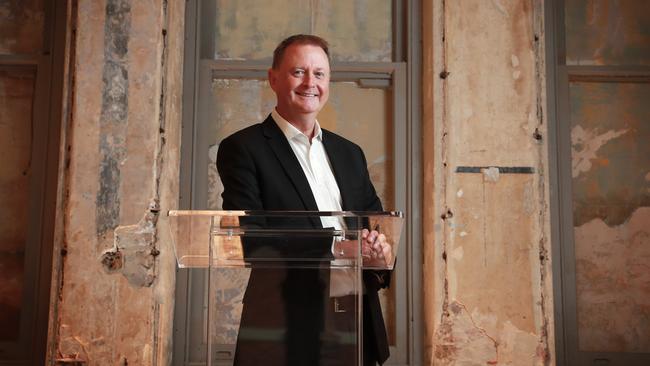
MORE NEWS
The Adelaide home tipped to ‘polarise’ househunters
Adelaide property prices rise again – but expected to plateau
Quirky home looks like it belongs in a fairy tale
REA Group chief executive officer Owen Wilson said times were tough for those looking to buy.
“Home ownership has long been a cornerstone of the great Australian dream, yet over recent decades, affordability has deteriorated to levels not seen before,” he said.
“Amid rising interest rates, escalating construction costs, and increasing house prices, the disparity between those who own homes and those who don’t, continues to grow.”
Williams Real Estate agent and auctioneer Lindsay Warner said first homebuyers were feeling the pressure.
“When a relatively affordable home comes onto the market, the investors are jumping at it as quickly as the first homebuyers, and a lot of times investors will pay a bit more,” he said.
“That puts further pressure on first homebuyers who are competing against a larger buying pool,” he said.
“The buyers are still there, they’re just frustrated and fed up … they’re missing out.
“They’re having to compromise on where they want to buy and they’re having to extend their budget and pay a bit extra.”
The PropTrack HAI measures affordability based on the share of homes households can afford to purchase across the whole income distribution, using data dating back to 1995.
It assumes the household already has a 20 per cent deposit, spends 25 per cent of their gross income on mortgage repayments, and takes into account the prevailing average mortgage rate plus a buffer rate.

Finder home loans expert Richard Whitten said saving the deposit was definitely the biggest hurdle for most first homebuyers.
“Wage growth over the past few decades simply hasn’t kept up with skyrocketing property prices,” he said. “Saving up enough for a deposit, especially when the cost of everything from food, energy, and insurance – not to mention rent – is rising, is a big barrier to overcome. Buying a home is becoming increasingly out of reach for many Aussies.”
But Mr Whitten said first homebuyers should not feel discouraged. “Having a realistic budget and getting into a good savings habit early on, even if it’s just small amounts each month, will put you on the right track,” he said.
Harcourts Sergeant agent Mark Lloyd, who specialises in selling in the northern suburbs, said there were still some green shoots in the first homebuyer market in the form of affordable pockets. Buyers should just be prepared to pay more for them than in the past.
“The average price in the northern suburbs would be around the $500,000 mark, give or take, which is a lot compared to where we’ve come from, but compared to a metro median of around $700,000, there are certainly still some opportunities there as well. It’s a little bit harder work in this market but there are opportunities out there, you just need to be persistent,” he said.
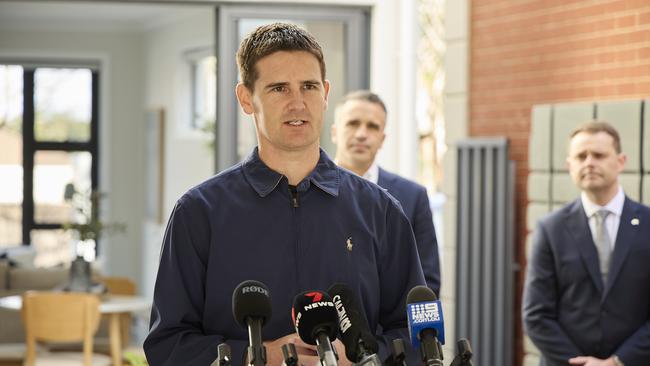
Master Builders SA chief executive officer Will Frogley said incentives like grants for first homebuyers and stamp duty concessions were helping first time buyers achieve their dreams.
“Those things are a huge help for first homebuyers, as is the State Government’s recent announcements regarding land releases,” he said. “There are still plenty of opportunities out there for those looking to enter the market and if it’s important to you, you can still definitely make it happen.”
Saving a deposit is just too hard
CBD workers Grace Dickson and Demi Starick, who are interested in getting into the housing market, said it was increasingly difficult for people to purchase a home because of the expectation that buyers produce a huge deposit in order to secure a property.
“It’s frustrating because lenders won’t take into account the fact that you pay your rent regularly,” Ms Dickson, 35, said.
“That’s not taken as proof you can pay a mortgage. Instead, they want that big lump sum which is unattainable for lots of people.
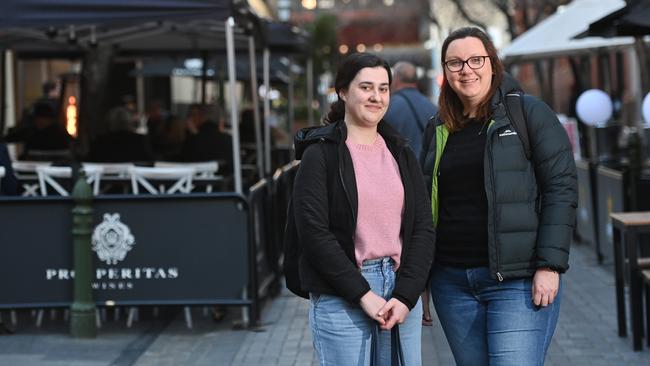
“Being able to show that you can pay outgoing rent and not being able to use that as evidence that you can afford mortgage repayments is really frustrating.
Ms Dickson and Ms Starick agreed it would be an even bigger issue for casual workers who might struggle to save consistently.
“If you could get a loan just based off what you’re paying in rent, I think that would just make so many people’s lives easier,” Ms Dickson said.
– Izzy McMillan



